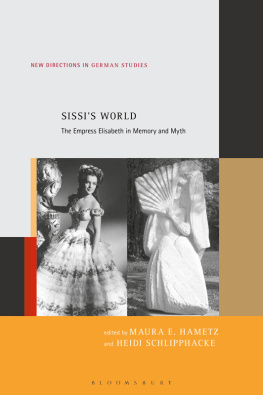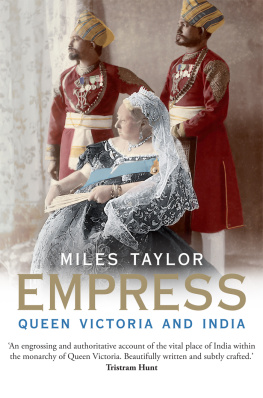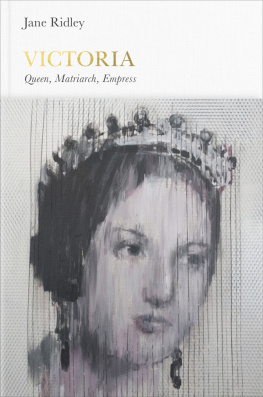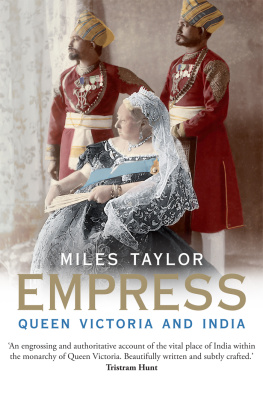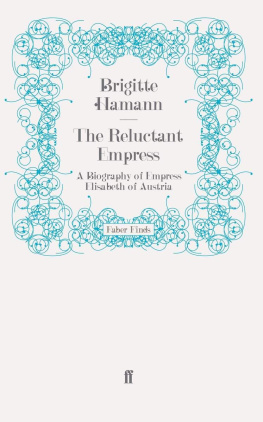NEW DIRECTIONS IN GERMAN STUDIES
Vol. 22
Series Editor:
Imke Meyer
Editorial Board:
Katherine Arens, Roswitha Burwick, Richard Eldridge, Erika Fischer-Lichte, Catriona MacLeod, Stephan Schindler, Heidi Schlipphacke, Ulrich Schnherr, Andrew Webber, Silke-Maria Weineck, David Wellbery, Sabine Wilke, John Zilcosky
Volumes in the series:
Vol. 1. Improvisation as Art: Conceptual Challenges, Historical Perspectives
by Edgar Landgraf
Vol. 2. The German Pcaro and Modernity: Between Underdog and Shape-Shifter
by Bernhard Malkmus
Vol. 3. Citation and Precedent: Conjunctions and Disjunctions of German Law and Literature
by Thomas O. Beebee
Vol. 4. Beyond Discontent: Sublimation from Goethe to Lacan
by Eckart Goebel
Vol. 5. From Kafka to Sebald: Modernism and Narrative Form
edited by Sabine Wilke
Vol. 6. Image in Outline: Reading Lou Andreas-Salom
by Gisela Brinker-Gabler
Vol. 7. Out of Place: German Realism, Displacement, and Modernity
by John B. Lyon
Vol. 8. Thomas Mann in English: A Study in Literary Translation
by David Horton
Vol. 9. The Tragedy of Fatherhood: King Laius and the Politics of Paternity in the West
by Silke-Maria Weineck
Vol. 10. The Poet as Phenomenologist: Rilke and the New Poems
by Luke Fischer
Vol. 11. The Laughter of the Thracian Woman: A Protohistory of Theory
by Hans Blumenberg, translated by Spencer Hawkins
Vol. 12. Roma Voices in the German-Speaking World
by Lorely French
Vol. 13. Viennas Dreams of Europe: Culture and Identity beyond the Nation-State
by Katherine Arens
Vol. 14. Thomas Mann and Shakespeare: Something Rich and Strange
edited by Tobias Dring and Ewan Fernie
Vol. 15. Goethes Families of the Heart
by Susan E. Gustafson
Vol. 16. German Aesthetics: Fundamental Concepts from Baumgarten to Adorno
edited by J. D. Mininger and Jason Michael Peck
Vol. 17. Figures of Natality: Reading the Political in the Age of Goethe
by Joseph D. ONeil
Vol. 18. Readings in the Anthropocene: The Environmental Humanities, German Studies, and Beyond
edited by Sabine Wilke and Japhet Johnstone
Vol. 19. Building Socialism: Architecture and Urbanism in East German Literature, 19551973
by Curtis Swope
Vol. 20. Ghostwriting: W. G. Sebalds Poetics of History
by Richard T. Gray
Vol. 21. Stereotype and Destiny in Arthur Schnitzlers Prose: Five Psycho-Sociological Readings
by Marie Kolkenbrock
Vol. 22. Sissis World: The Empress Elisabeth in Memory and Myth
edited by Maura E. Hametz and Heidi Schlipphacke
Sissis World
The Empress Elisabeth in Memory and Myth
Edited by
Maura E. Hametz and
Heidi Schlipphacke

Dedicated to women everywhere who, like Sissi, wish to shape their own images and then leave them behind.
Our debts are many and cannot possibly be sufficiently acknowledged, but we would nonetheless like to extend our thanks and appreciation to everyone who helped to bring this collection to publication. From the day we learned of our mutual fascination with Sissi, based on our office accoutrements including Heidis Sissi Barbie doll and Mauras tea tins and magnets, we have imagined this project coming to fruition. We have received assistance and encouragement from many quarters to help us in the quest to explain the Elisabeth phenomenon and to define Sissimania.
Deep thanks go to Imke Meyer and the editors at Bloomsbury for their enthusiastic reception of the project and their interest in including the work in the New Directions in German Studies series. Haaris Naqvi and Katherine De Chant at Bloomsbury offered gracious and patient assistance, guiding us through the publication process. For permission to an image from his book Prall aus dem Leben, we would like to thank the genius comic book author Ralf Knig. We are deeply indebted to the brilliant sculptural artist Ulrike Truger, who was excited about our project from the beginning and generously allowed us to use images of her enigmatic and fascinating Elisabeth sculpture for the book. Oxford University Press graciously allowed us to reprint Heidi Schlipphackes essay that originally appeared in Screen, a research project that contributed to the initial impetus for the book.
Colleagues and friends far and wide have inspired us and helped us through the various stages of production of the manuscript. As we have found out along the way, everyone (secretly?) loves Sissi, and this has spurred us on to realize the project. We were unbelievably lucky to collect a truly exciting group of contributors for this volume from both sides of the Atlantic with areas of expertise spanning art history, literature, film, history, fashion, and popular culture, all with a soft spot for the Empress. It was a great treat when many of us came together under the auspices of the Austrian Studies Association conference in Chicago in Spring 2017 to share our research and talk Sissi. We also owe a debt of gratitude to those colleagues on whom we relied for anonymous reviews of the articles included in the collection. Carl Good, with his keen eye for detail and wizardry with formatting and editing notes, was a godsend at the end.
Our institutions provided funding support at critical moments. The Institute for the Humanities and the College of Liberal Arts and Sciences at the University of Illinois at Chicago offered generous support for summer travel crucial to research for the book at its early stages. The Department of History at Old Dominion University provided much needed assistance to help defray costs for the inclusion of images in the book.
Without the support of our families this work would not have been possible. This project has been a labor of love, and its period of production included a marriage and children moving on to high school and to college. To our spouses, Todd and Imke: we thank you for your brilliant interventions into the questions we explored while working on the book, for your unending patience, and for enduring the presence of the ever-persistent Sissi. As with Romy Schneider, Sissi stuck to us like cream of wheat! Jonathan and Zachary, who provided necessary distractions and grounding during the project, inspire us with the hope for what gender relations can be in the future.
Maura E. Hametz and Heidi Schlipphacke |
The record of every human creature must contain both light and shadow, wrote Count Egon Corti in the preface to Elizabeth, Empress of Austria, the hagiographic biography he wrote in 1934 under the title Elisabeth, die seltsame Frau. Trying to capture the character of the uncommon or odd woman, he referred to the equally hagiographical description by Elisabeths lady in waiting Countess Frstenberg, who sought to explain Elisabeths elusive and alluring beauty, writing, Neither chisel nor brush can depict her as she really was, or that something about her which had such power to attract and captivate, for it was a thing peculiar to herself. She will live on in legend, not in history the image of the Empress Elisabeth is both ubiquitous and ephemeral. Indeed, Sissi continues to be a cult figure inspiring Sissimania around the world.
The confusion and uncertainty surrounding the identity of the Empress even extends to debates over what she should be called. Sissi, the sobriquet used in this volumes title Sissis World
Next page
